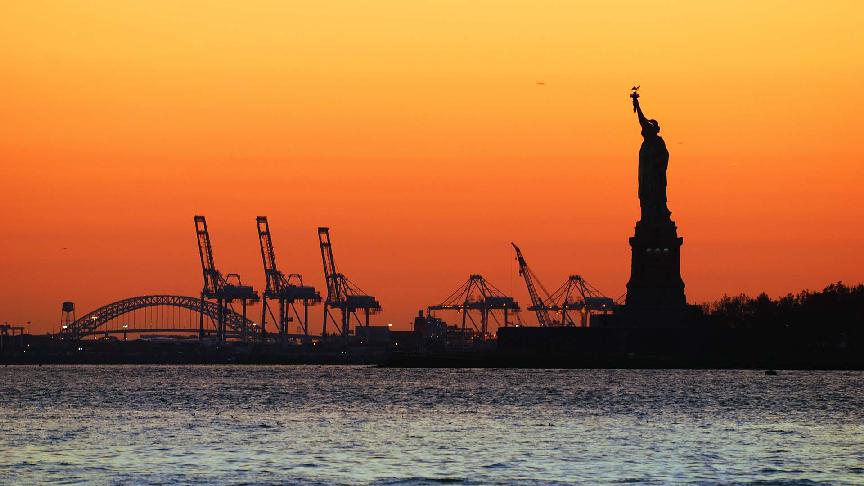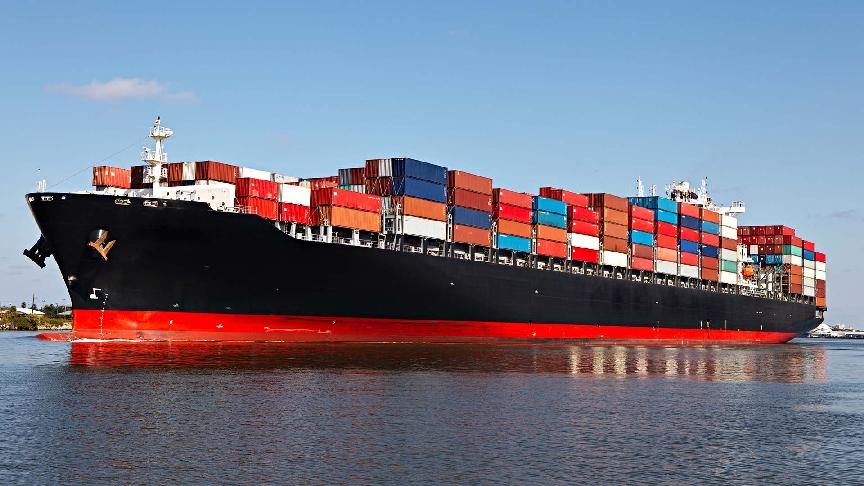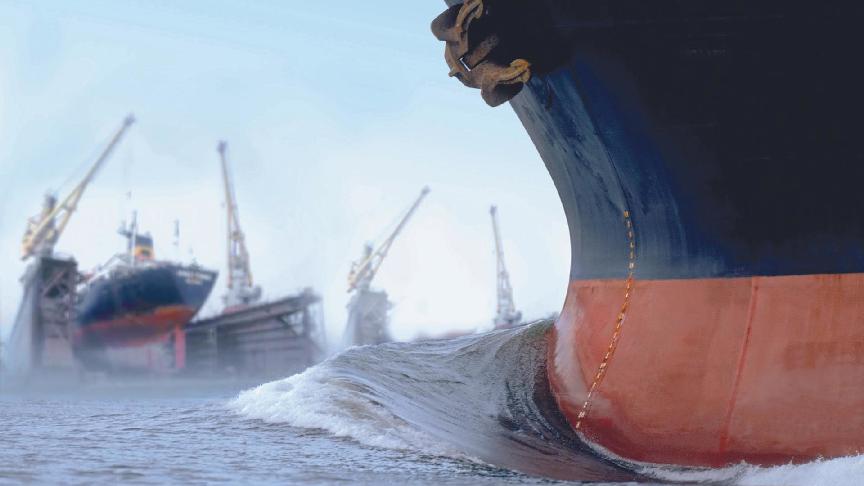24 May 2024 (Lloyd's List) - CHINA’S latest round of military exercises around Taiwan look calibrated to avoid big disruptions to commercial shipping. But their scale and growing prevalence highlight the risk of deteriorating security in the region.
The scale of the drills on May 23-24 resembles that of exercises in August 2022, which forced more than 200 vessels to reroute when Beijing reacted angrily to US House Speaker Nancy Pelosi’s visit to Taiwan.
This time, the exercises occurred only days after Taiwan’s new president, Lai Ching-te took office and were described by Chinese military as a punishment for his “pro-independence” remarks during his inauguration ceremony.
The People’s Liberation Army announced five exercise zones encircling the self-governing island but did not provide coordinates. They appear bigger than previous drills, with noticeably tighter encirclement of Taiwan’s east coast.
China is unlikely to invade Taiwan in the next two to three years, said Henry Wilkinson, chief intelligence officer at Dragonfly, a British security advisory firm.
“But it is trying to build up capabilities, getting itself more in position to have the option to take Taiwan if it so wished,” he told Lloyd’s List.
“If you’re involved in shipping, you would clearly need to have a plan and understand that certain things could trigger sudden escalations that could be very disruptive, such as displays of naval or air power, GPS signal jamming or other sorts of electronic warfare activity.”
Beijing has hinted that an escalation of the drills, to include the navy, air force, rocket and army units, is possible.
“The more rampant the separatist forces seeking ‘Taiwan independence’ become, the greater the determination and strength China and the international community need to demonstrate to safeguard the One China principle,” Chinese foreign ministry spokesperson Wang Wenbin told a press briefing on Thursday.
Wilkinson said most would agree China’s leaders do not actually want to provoke a war — especially with the US, Taiwan’s most important backer. But their seemingly increasing willingness to engage in brinkmanship shown by these exercises heightened the chances of a conflict breaking out inadvertently, he said.
“While it appears to be business as usual, companies and other stakeholders need to remain alert to the fact that things could change,” he added.
“The scenarios of escalation are the big concern. What happens if the Taiwan Strait or even the Malacca Strait are blockaded? These choke points there are potentially very sensitive to geopolitical tensions.”
This assumption is not without basis. The US House Armed Services Committee, on Wednesday, backed a provision requesting the Pentagon to submit a report to Congress examining how the military would implement a naval blockade of fossil fuel shipments bound for China in the event of an armed conflict between the two countries.
According to Bloomberg, the assessment should look into the feasibility of blocking strategic chokepoints near China, including the Malacca Strait, Taiwan Strait, Sunda Strait, South China Sea and East China Sea.
The Taiwan Strait alone has seen an average of 1,262 transits of vessels above 10,000 dwt each week this year, according to Lloyd’s List Intelligence vessel-tracking data. About 60% of transits are by ships not affiliated with China.
Nevertheless, underneath its uncompromising stance, Beijing seems to allow some leeway. Ships continue to cross the exercise areas, unlike in 2022, when vessels were warned to clear the area.
Vessel-tracking data show no changes in the volume of vessels transiting the naval exercise zones compared with normal traffic.
Transits through the Taiwan Strait were likewise unchanged, with 183 cargo-carrying ships passing on May 23. On average, some 193 ships transited the chokepoint every day in May.
No pre-emptive warnings
A senior executive at a major Chinese shipping line said he was unaware of any pre-emptive warnings from maritime authorities to divert ships before the abrupt drill announcement on May 23 morning, guessing that it meant no live ammunition would be fired.
An official at China’s Maritime Safety Authority said they didn’t release alerts since no applicants submitted requests. At a press briefing on Thursday evening, Taiwan’s defence ministry also remarked it saw no signs of live-fire activities in the PLA’s ongoing drills.
Some observers believe Beijing wants to normalise military manoeuvres in the region, making it harder to differentiate between routine exercises and real military action.
In recent years, China has markedly increased its military presence near Taiwan, making regular incursions into the island’s air defence identification areas and conducting recurrent “combat readiness patrols” with exercises by its air and sea forces.
A potential military clash in the region and resulting political and economic repercussions would send shockwaves globally and impact businesses, including shipping.
China is not only the world’s largest commodity importer but also the top exporter of containerised goods. There are also concerns that a war against Taiwan would resemble Russia’s invasion of Ukraine and trigger Western sanctions that could severely disrupt supply chains and trade.







